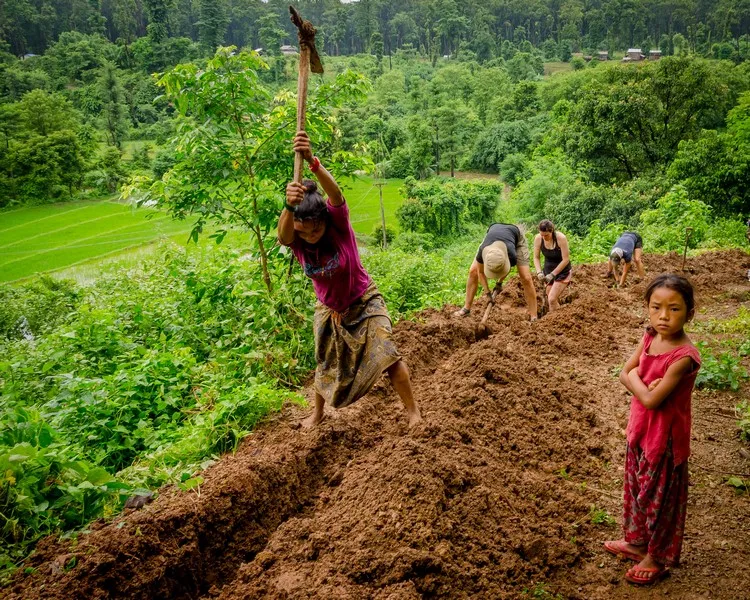Table of Contents
- Defining Folk Society
- Characteristics of Folk Society
- Theoretical Perspectives on Folk Society
- Case Studies of Folk Societies
- The Evolution of Folk Societies
- Relevance of Folk Society in Contemporary Sociology
- Conclusion
Folk society, often depicted as the antithesis of modern industrial society, plays a significant role in sociological theory and analysis. It is characterized by its traditional, agrarian, and relatively homogenous nature. The concept of folk society, developed and popularized by sociologists and anthropologists, helps us understand the foundations of human social organization and the evolution of societies through time. This essay outlines and explains the concept of folk society, its characteristics, and its place within sociological discourse.
Defining Folk Society
Historical Context
The term “folk society” originated in the early 20th century and has been used primarily to describe pre-industrial, agrarian communities. It was coined by sociologist Robert Redfield, who studied small, self-sufficient rural communities. These societies are seen as the remnants of a historical stage that existed before the advent of industrialization and urbanization.
Conceptual Framework
Folk society is conceptualized as a social organization characterized by a homogenous culture, simple technology, and a strong emphasis on tradition. It is a way of life that is deeply rooted in the past, where customs and practices are handed down from generation to generation, maintaining a high level of continuity and stability.
Characteristics of Folk Society
Social Structure
Folk societies typically have a simple social structure with limited social stratification. Social roles are clearly defined and largely based on kinship and family ties. The extended family is often the primary unit of social organization, and community members share a common identity and collective conscience.
Kinship and Family
In folk societies, kinship and family relationships form the backbone of social life. Extended families often live together or in close proximity, and familial bonds are integral to social cohesion. The roles within the family are well-defined, with a clear division of labor based on gender and age.
Economy and Subsistence
The economy of a folk society is primarily subsistence-based, relying on agriculture, hunting, gathering, or fishing. Economic activities are often communal, with resources shared among community members. There is minimal specialization of labor, and the majority of the population engages in similar economic activities.
Religion and Belief Systems
Religion in folk societies is typically animistic or polytheistic, with a strong emphasis on rituals and ceremonies. Religious beliefs are deeply intertwined with daily life and are often used to explain natural phenomena and guide social behavior. Shamans or spiritual leaders play a crucial role in maintaining the religious and moral order.
Technology and Material Culture
The technology used in folk societies is generally simple and based on traditional methods. Tools and techniques are passed down through generations and are well-suited to the local environment. Material culture is characterized by handcrafted goods and the use of locally available resources.
Social Control and Norms
Social control in folk societies is maintained through informal mechanisms such as customs, traditions, and social norms. There is a strong emphasis on conformity and community cohesion, with deviance being rare and often dealt with through social ostracism or shaming.
Theoretical Perspectives on Folk Society
Redfield’s Dichotomy
Get the full article AD FREE. Join now for full access to all premium articles.
View Plans & Subscribe Already a member? Log in.





